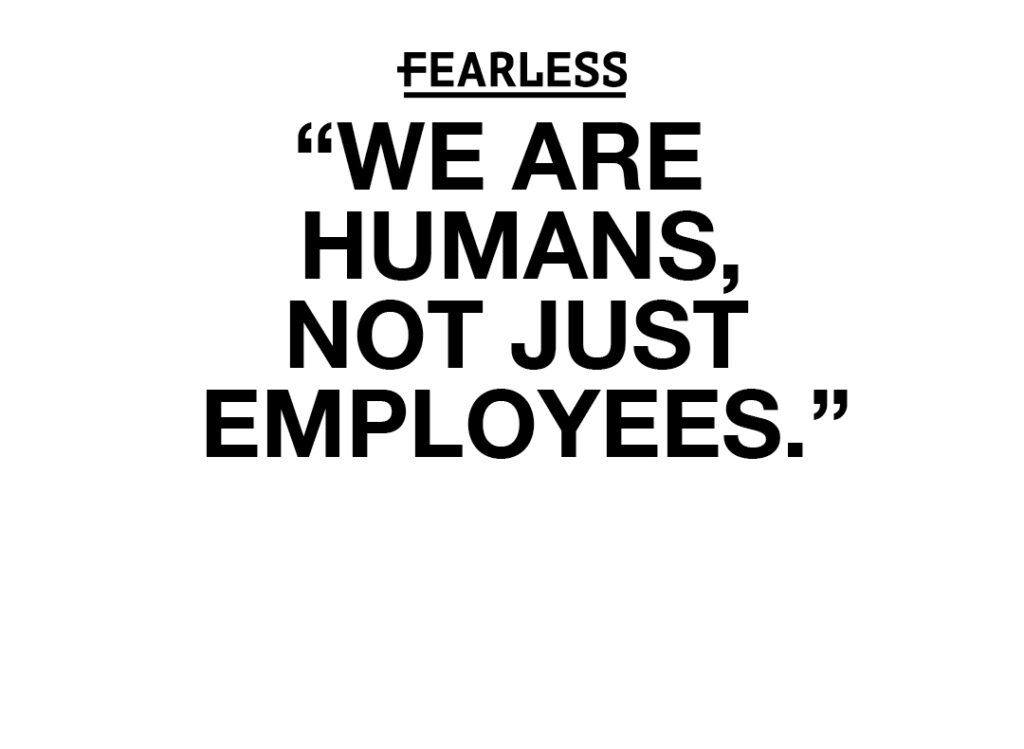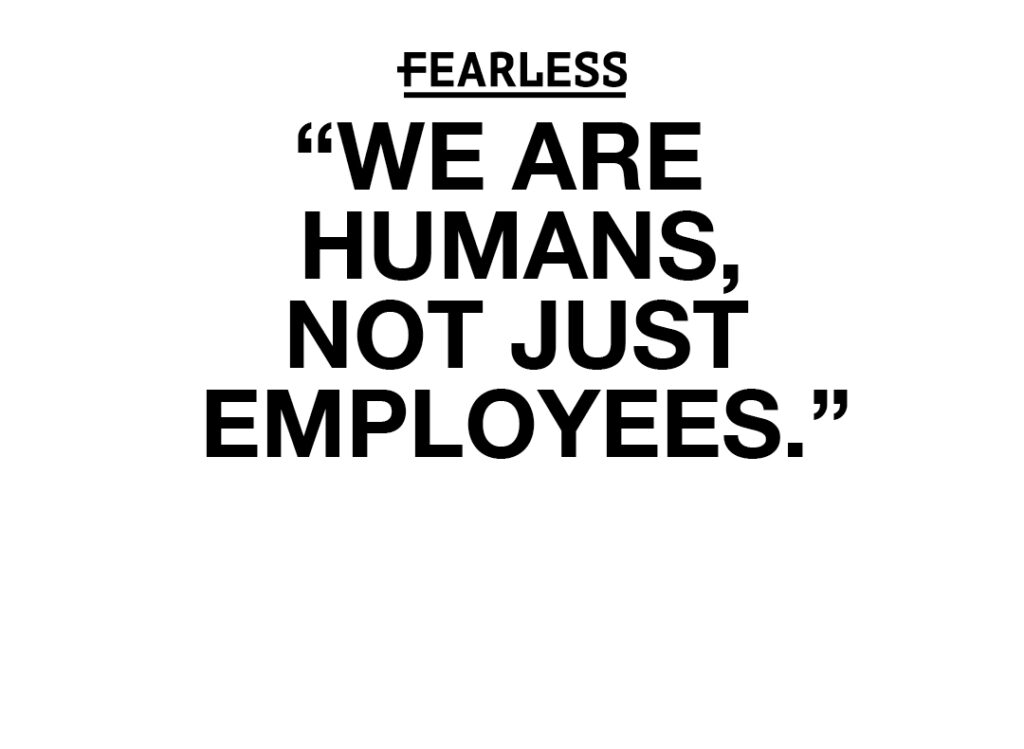On The Record: Planning Des Moines: Round 5

CHRIS CONETZKEY Apr 3, 2015 | 11:00 am
4 min read time
967 wordsBusiness Record Insider, On the RecordPlanning Des Moines: Round 5
New Des Moines City Manager Scott Sanders has had quite the busy start to his tenure since being named Rick Clark’s replacement last September.
And the pace is about to pick up.
Between structural budget deficits, a downtown development boom and a never-ending line of job applicants – Sanders has had to replace six department head positions – it was quite a half-year for him to reflect on at the annual State of the City event on March 24.
Sanders, a finance specialist and the city’s former budget director, has the $537 million budget balanced, and he’s hired five of his six openings.
But the budget remains a challenge for the future, as the general fund budget for fiscal 2016 will grow by a mere 1.4 percent. And, in a profile on Sanders that senior staff writer Kent Darr wrote last year, Sanders mentioned that the city, like many businesses, have a number of department heads within a couple of years of retirement. Read the profile: bit.ly/1xTfieq
City development isn’t slowing either. Des Moines had $368 million in building permits in 2014 – for context Sanders said that number had been about $200 million per year since the recession.
And yet, the city has embarked on the its next comprehensive planning process – its fifth since the first one was created in 1928 – and at the same time, Sanders and his staff are updating the city’s strategic plan to identify city priorities. No time to slow down.
The renewed focus on planning probably comes at a good time. It’s been 14 years since the 2020 Community Character Plan was adopted.
Much of the dust-up over the downtown Hy-Vee at 420 Court Ave., I think, stemmed from the fact that there wasn’t a specific plan to help guide development in that area. Court Avenue is a much different place than it was 14 years ago. In fact, I remember a comment from Assistant City Manager Matt Anderson during the debate in which he said, “I don’t know exactly what people want Court Avenue to become.” See that story: bit.ly/1G3yloN
Yet that might be more of an issue for individual neighborhood planning. I found it interesting that there are 54 recognized neighborhoods in the city, 28 of which have had neighborhood action plans formally adopted by the City Council to become an amendment to the Des Moines 2020 Community Character Plan.
Still that means nearly half the neighborhoods don’t have a plan.
One of those neighborhoods without a formally adopted action plan?
Yes, downtown Des Moines.
As development moves forward around the city, a plan is something I think developers, city planners, businesses and residents will want in order to help avoid, or perhaps it’s best to say better address, situations like 420 Court.
At any rate, Sanders is off to a good start. He’s been a pleasure for our staff to work with, and Mayor Frank Cownie repeatedly stopped the presentation to praise him for his work.
You can read Darr’s recap of the event here, bit.ly/1aeUWl2, but I wanted to highlight a few interesting points during Sanders’ address.
Campus Cafeterias
Sanders briefly mentioned that Kyle Krause and the Kum & Go LC team was considering leaving out a campus cafeteria from its planned downtown headquarters. The hope would be to encourage employees to venture out to eat at area restaurants – much to Sanders liking. Somewhere I know our former editor Jim Pollock is smiling. Campus cafeterias was a story idea he had been trying to get a reporter to bite on for years. It’s still on our story idea list.
Bye bye, Subway
One place employees won’t be eating is the former Subway restaurant in the Western Gateway at 1423 Grand Ave. The property was bought by Kum & Go for its headquarters, and the restaurant itself recently closed. You might remember the flare-up when developer Rich Eychaner sold the property to local Subway franchisee Pardip Singh in 2011. The bright yellow signage was a bit controversial for many – primarily Meredith Corp. and the Des Moines Art Center’s Jeff Fleming – who were concerned with the aesthetics of the area surrounding the John and Mary Pappajohn Sculpture Park. When we polled readers about whether Subway was good or bad for the area, the results were essentially split – see results here bit.ly/1IMMftB. One way to control signage? Pay $1.7 million. That’s what Kum & Go paid to Pardip for 1423 Grand Ave. Pardip paid $607,400 to Eychaner for the property in 2012. And, Eychaner way back in 1996 paid $160,000.
Downtown Housing – I am the problem
Young professionals and empty nesters are loving downtown apartment living. But the challenge Sanders highlighted will be getting families and first-time home buyers to plant roots in the city. I’ve written a smattering in the past about how my generation might view homeownership: bit.ly/1aeXsb2. My wife and I don’t have any children and rent in downtown. We love it. But as we think about buying a house, I wonder if this area will have the offerings that are enticing for us. Solving me is the challenge. This is a bigger topic for another day, but one of the key reasons first-time home buyers aren’t settling in Des Moines percolated a few years ago at our event on downtown development – schools.
Existing Conditions
Sanders highlighted an 89-page existing conditions workbook that was put together to aid in the planning process. It’s comprehensive, and based on my look-through, it contains a wide range of history and demographic and economic information that could be useful for any number of organizations. It was nice to see that both the Capital Crossroads plan and The Tomorrow Plan have fingerprints on the report. Download it at plandsm.dmgov.org.










